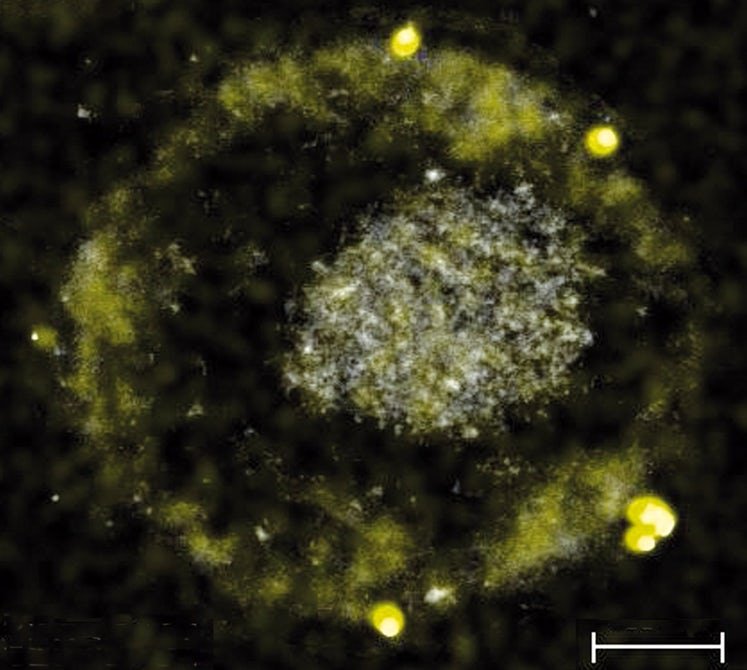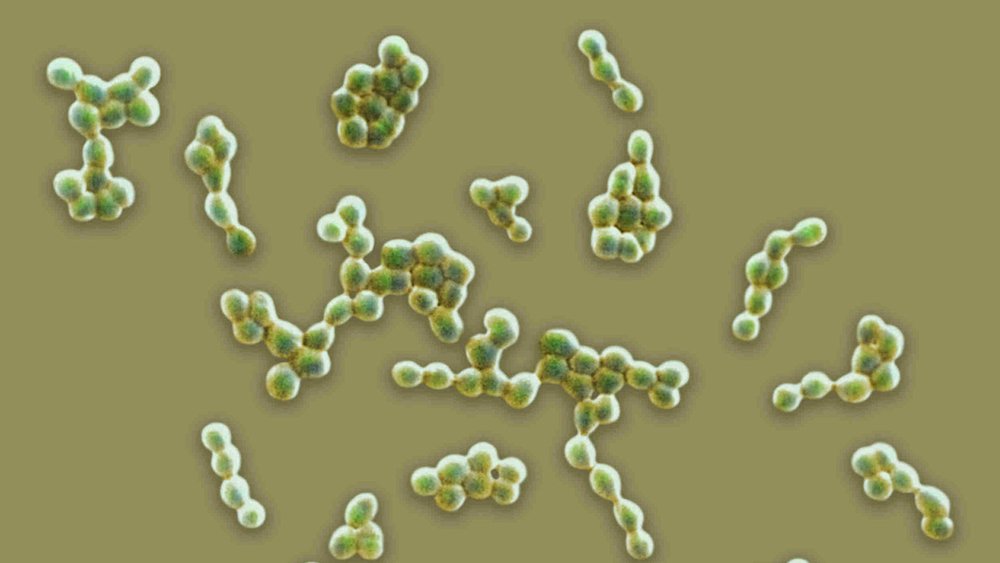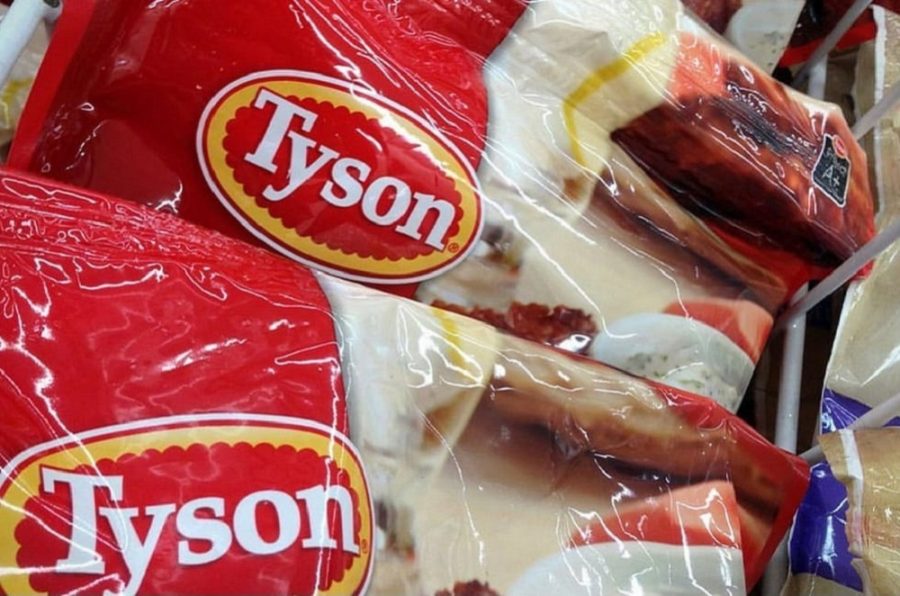Researchers have found a real-life counterpart of the mythical hen that laid golden eggs, in the form of a metal-eating bacterium called C. metallidurans.
What is really interesting about the discovery is that the strange microorganism chews up toxic metal to produce nuggets of real gold. The international community of scientists is baffled by the phenomenon and wants to look inside the bacterium to discover the mechanism behind the weird science.

Metal-eating bacterium, C. metallidurans.
Toxic Metal-Eating Bacteria Discovered
Heavy metals like copper and mercury are toxic for humans and other living beings if consumed in large quantities but one strange bacterium called C. metallidurans, can consume high concentrations of these toxic compounds without poisoning itself. Once the metals break down inside the bacteria, an unusual side effect comes into focus: the excretion of real gold nuggets as a by-product of the toxic metals.
The strange discovery was made by a group of researchers from various universities across the globe including the University of Adelaide and Technical University of Munich. Even though the particular strain of bacteria with the unusual properties isn’t new to the science community, it is the first time that the molecular process of gold excretion has come to light. The breakthrough study was published in Metallomics, a popular journal by the Royal Society of Chemistry.
A Real-Life Golden Hen

C. metallidurans is usually found deep within the soil and feeds on the metal compounds and hydrogen gas released from the breakdown of minerals.
On the surface, C. metallidurans resembles any other gram-negative bacterium with its rod-shaped exterior, but this CH34 strain is one of the toughest microorganisms capable of surviving in the most toxic environments.
The bacterium thrives easily in the ground with ample hydrogen for energy conservation and almost no competition from other microorganisms due to high concentration of toxic metals. The high levels of toxicity underground make it a less-than-ideal environment for organisms to thrive – and this is where C. metallidurans is at an advantage.
One of the ways C. metallidurans is able to survive in extremely toxic environment is by depositing traces of gold through a biological process. The discovery of this strange mechanism was made by two microbiologists namely Dietrich H. Nies and Frank Reith. Together, they proved in 2009 that metallidurans is able to excrete gold as a byproduct of ingesting toxic metals. However, the researchers were unable to explain the strange phenomenon for years until now, when the mystery has finally been solved.
Explaining the Bizarre ‘Gold Nugget’ Phenomenon
Copper is an essential element for C. metallidurans to survive, although, when present in high concentration, it can become toxic. The bacterium takes up copper the same way as it does gold. When metallidurans comes in touch with these heavy metal compounds, chemical reactions break down the copper molecules into simpler form which can easily be absorbed into the bacterium and transported into the cell’s nucleus. The same process occurs with gold compounds as well.
When the bacterium is exposed to molecules of copper only, it produces an enzyme called CupA to prevent the further accumulation of the molecules inside the cell. However, when both gold and copper compounds are present together inside the cell, the CupA production is inhibited and instead a second enzyme called CopA is introduced.
This enzyme converts the heavy metal elements back to their original form to inhibit their absorption into the cell body. Gold and copper elements when present together can be far more toxic than they are on their own. Due to the enzyme CopA, the bacterium is able to pump out the excess iron and gold in the form of gold nuggets which are extremely small in size.
In summary, C. metallidurans is able to take up gold compounds and excrete secondary gold. Hence, it plays a key role in breaking down ancient gold ores and the gold particles formed during the weathering process and turn them into real gold particles. This is an extremely crucial discovery for the production of metallic gold from ores without the traditional method of using mercury for extraction.










